Indian Ocean
On Hassan’s dhow, shaped like Vasco da Gama’s caravel, I can forget about dry land for a fortnight of holiday. If I could, I’d give it all up and set sail for the outer islands — to Aldabra, to the Chagos, to Socotra. And then I realise I am beached without my old friend Lorenzo Ricciardi. Where on earth are you when I need you, Lorenzo?
When I lived in London I was a castaway. Then one day Lorenzo zoomed up in his gunmetal grey Spider with an I ♥ KENYA bumper sticker. He had white hair, wild eyes hidden by aviator goggles, and he wore baggy-armed musketeer shirts. He’d abandon the Spider in the street wherever we stopped and stride away, somehow invisible to traffic wardens.
Lorenzo was born in a Milanese prison after his mother was caught short en route to hospital. The Nazis destroyed his childhood home as he watched. He acted Christ in Ben Hur, in which you never see his face. Lorenzo was — is — an adventurer from a bygone era, a successor to Henri de Monfried. Using a secret gambling system, he amassed enough money on the roulette tables of Divonne to buy an ocean-going dhow on which he happily sailed through a string of monsoons until he sank his ship off the island of Grande Comore.
Out of that adventure he wrote The Voyage of the Mir-el-Lah. His wife, Mirella, a famous photographer, took the pictures. In this, my favourite sea adventure (Collins, 1980, now out of print), Lorenzo shows what it is to be truly free and without fear. North of Madagascar a cyclone hits and the sambuk begins to break up. ‘The time had come when a sailor must turn to God for help,’ he writes.
‘I felt I had to offer Him something worthy of His intervention. What? Suddenly I knew. I would never touch a woman again for the rest of my life. I lifted my eyes skywards and said, “Oh God, I was about to fool You. You know I cannot keep this promise. Our fate is written in the stars.”’
Lorenzo survived his shipwreck, but after many journeys his life seemed to break up like his beloved dhow. He grieved for his eldest daughter Marina, killed by Africa’s sunshine. He was exiled from Kenya. He had a nine-month spell in Brixton prison, where his fellow convicts respectfully lit his cigars, believing him to be a powerful mafioso.
I was at a West End gallery exhibition when Lorenzo appeared, dressed as Sherlock Holmes. He was arm-in-arm with two pretty Latino girls. To liven up the boring cocktail party he removed a painting from the wall, tucked it beneath his tweed coat and on exaggerated tiptoes he made for the door. Security was called. Only the artist herself, the luscious Latinos and I appreciated the joke.
I had always dreamed of visiting the island of Socotra. A granite relic of Gondwanaland, it is 50 miles long, rising 5,000 feet from the tempests of the northern Indian Ocean. In the second world war, my father led a band of Somali spearmen to invade Socotra and take it back from the fascists. They quickly fled, leaving him to enjoy a month’s exploration of the island ‘looking for Italians’.
Lorenzo and I hatched a plan to sail on his catamaran from his home at Kilifi, on Kenya’s coast, to this wonderful island. We pored over old maps at the Royal Geographical Society. We read up on ambergris, troglodytes, cinnabar from the dragon’s blood tree, and tales of the phoenix that linked mysteriously to the place. My most ardent wish was to live on a boat for a year, discovering virgin surf breaks and diving for treasure.
Being a penniless Neapolitan count, Lorenzo declared we must find a sponsor for our voyage. His prospectus was eccentric. He promised how on the island we would investigate a species of goliath flying spider called the ‘Sneh’, which he revealed the Socotrans ‘loathe implacably’. I happened to know that such spiders do not exist.
No sponsors materialised and Lorenzo wasn’t able to use his system at roulette unless he had a float that was beyond our meagre means. I returned to Kenya. I lost touch with Lorenzo. I heard he was sleeping rough in his Spider in Monte Carlo. He phoned me from Dubai, where he was living under the patronage of Sheikh Mohammed al-Maktum, with whom he once hunted lesser bustards with 60 peregrine falcons. He said he was promoting the idea of building outrigger canoes from recycled plastic rubbish — schemes of a madman. Even his catamaran was sold.
I still gaze at the maps of Socotra. On Google Earth I look at the unsurfed waves breaking along the shipwreck-strewn coasts, and at the satellite swell charts pulsing energy up into that corner of the ocean. Even now, I have never made it. I think of Lorenzo’s book, when he sails into the creek in front of his Kilifi home after voyaging to the outer islands. ‘I knew that Ali Sururu, the dhow harbourmaster at Mombasa, would not mind my skipping his control; he knew that I carried only a cargo of dreams.’
Got something to add? Join the discussion and comment below.
Get 10 issues for just $10
Subscribe to The Spectator Australia today for the next 10 magazine issues, plus full online access, for just $10.


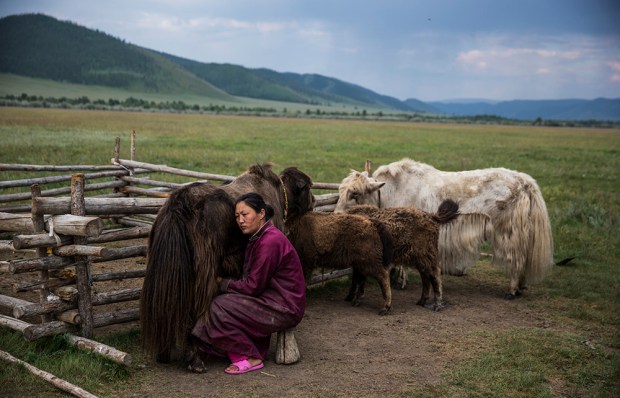
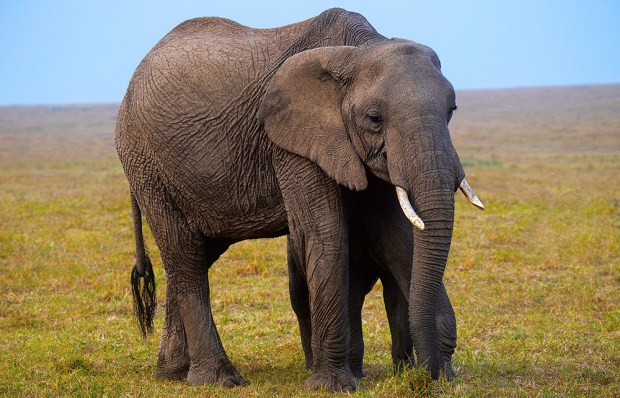
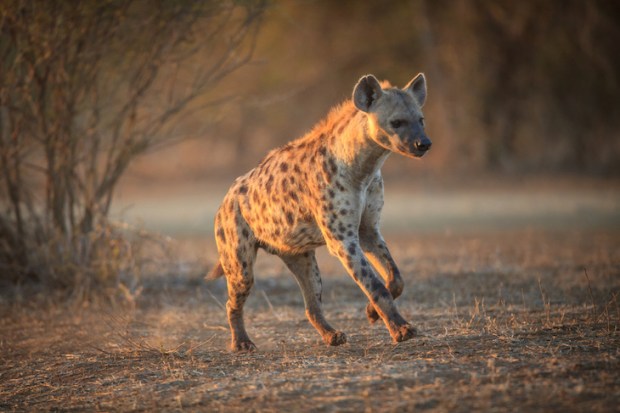
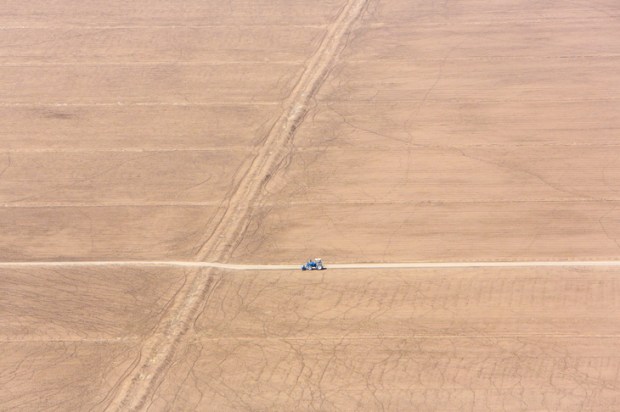
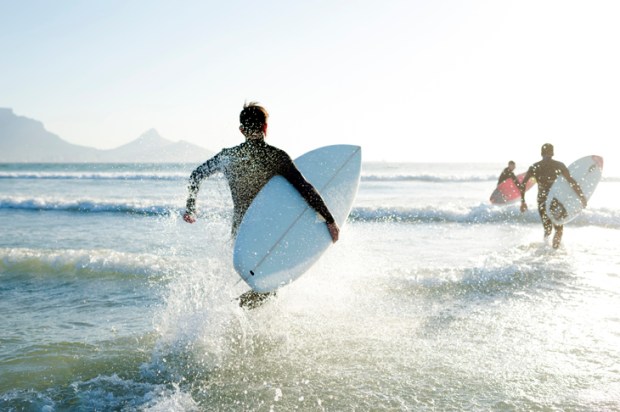
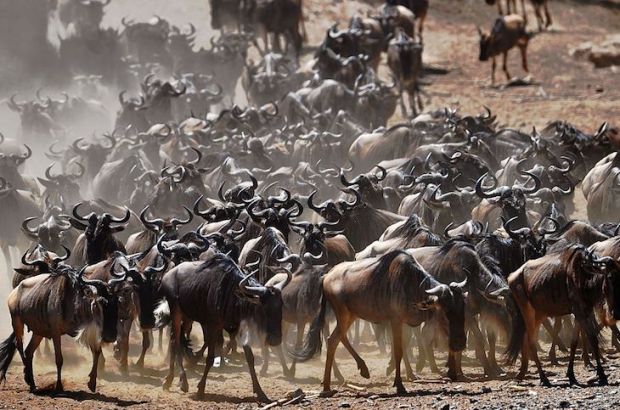






Comments
Don't miss out
Join the conversation with other Spectator Australia readers. Subscribe to leave a comment.
SUBSCRIBEAlready a subscriber? Log in